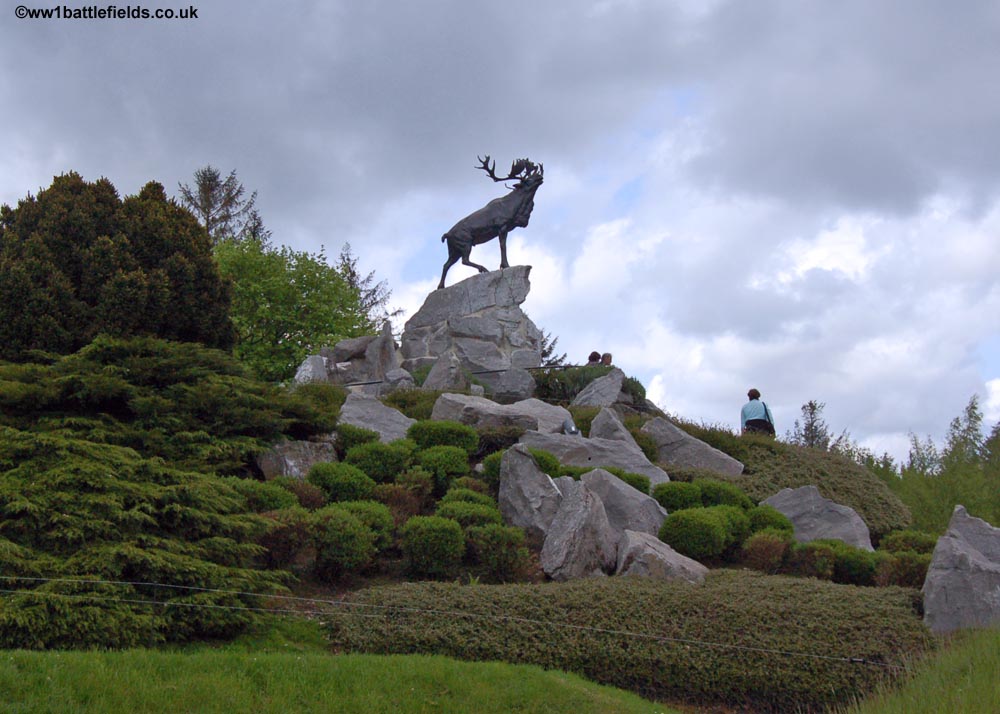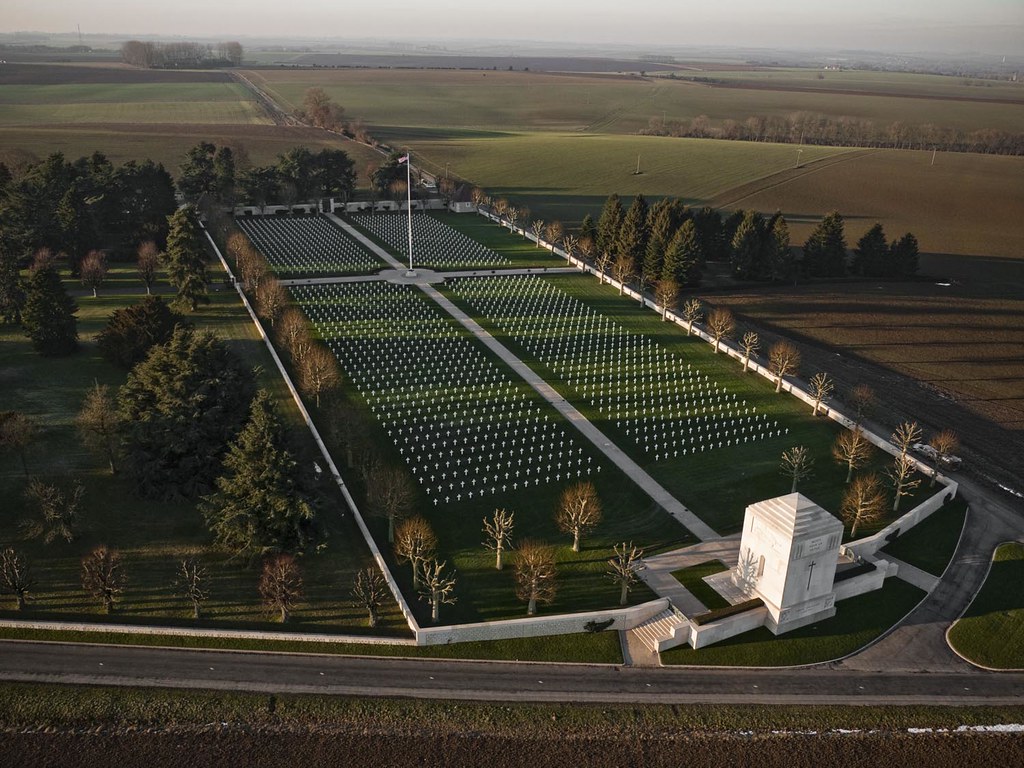One of my colleagues at Alabama wrote his dissertation in British naval history. Around WW I, the Brits asked the Kiwis to raise money for a dreadnought/battleship. They did. It wasn't easy, but they built the thing.Yeah up until that time it was just natural to recruit from and form units based on geographic area. It was that war where every nation figured out that it would be better to mix units so local casualty rates wouldn’t be so high.
The towns are the same in New Zealand- every town has its memorial to the men from the area who went off to WWI and WWII. For WWI, in a country of about 1 million people at the time, 42% of Military aged men fought in the war and they suffered a 58% casualty rate...
Then, in the Washington Naval Treaty, the U.S. Great Britain, France, Japan and Italy agreed to reduce their naval forces to an agreed-upon tonnage. The Brits agreed to scrap the New Zealand battleship. The Kiwis were, needless to say, less than thrilled.
I'm writing from memory, so these details may not be quite right. If so, the fault is mine not his.



